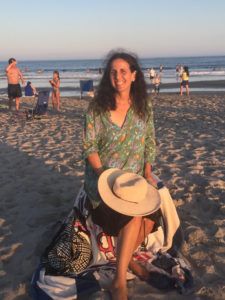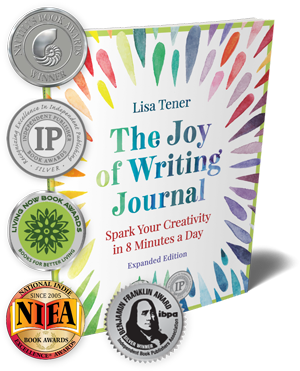
I’m in the midst of editing Micaela Karlsen’s manuscript for A Plant-Based Life, on deadline for her publisher, AMACOM Books. She sends a half chapter and I’m turning this one around in less than a day.
What’s making it easy is this: Each chapter reads better than the last. Despite her rush, she’s incorporating what she learned in the previous chapters to the current one.
Here are a few techniques making this chapter particularly compelling. Try them with your own writing:
- Putting herself in her readers’ shoes–or skirts in the case of this dietary/lifestyle book: The writer anticipates the challenges her readers will run into–sympathizing, encouraging and providing responses to their challenges.
[bctt tweet=”Tip: Imagine a specific reader and write to that person as if you were having a conversation.”]
2. Simplifying and Chunking: She’s chunked content into charts that provide information at a glance. At my suggestion, she moved a huge chunk of a chart from chapter 2 to 3. She’s also broken down larger chunks into smaller sections with playful titles that will be meaningful to readers.
Tip: Some of her chapter headings use questions readers might ask themselves. Try this. Humor can work well, too, here.
 3. Start Positive and Keep Stoking the Fire: Transformation takes work. If you’re writing a self-help book, your readers have plenty of opportunity to resist change, beat themselves up or self-sabotage. By starting each chapter–and many sections–with a positive, inspirational story or a bit of cheerleading, you help your readers fill their tanks before using any fuel. When they waste a bit of fuel on sabotaging or doubting themselves, there’s still fuel left in the tank from your earlier efforts. This makes it that much easier for readers to make some of the changes your book suggests.
3. Start Positive and Keep Stoking the Fire: Transformation takes work. If you’re writing a self-help book, your readers have plenty of opportunity to resist change, beat themselves up or self-sabotage. By starting each chapter–and many sections–with a positive, inspirational story or a bit of cheerleading, you help your readers fill their tanks before using any fuel. When they waste a bit of fuel on sabotaging or doubting themselves, there’s still fuel left in the tank from your earlier efforts. This makes it that much easier for readers to make some of the changes your book suggests.
Tip: This writer starts the chapter by reminding readers what they have already accomplished by chapter 3 and encourages them to know that this is a big leap. After the cheerleading, she also acknowledges the challenges they may be facing. Then it’s time for an inspirational story to help readers know they can do it, too.
Have a favorite writing tip? Please share below as a comment.
Have a writing question? We’ll take those, too. I love to answer readers’ questions.



To some extent, all nonfiction books (with the exception of memoirs) are about identifying a problem and offering a solution. This could mean practical, step-by-step advice or a deeper, more nuanced understanding of an existing situation that changes the reader’s perception.